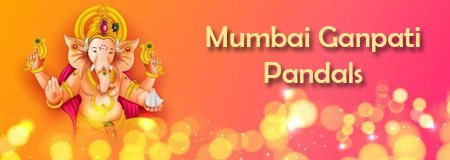Sri Manikeswari Temple Bhawanipatna,Odisha
Manikeswari Temple is a revered Hindu shrine located in Bhawanipatna, the district headquarters of Kalahandi in Odisha.The goddess Maa Manikeswari is considered a powerful form of Adishakti (the Supreme Goddess) and is revered as the presiding deity of the Kalahandi region.
Maa Manikeswari bridges tribal animism and Hinduism, revered as an earth goddess protecting land, cattle, and crops. Tribal rituals, including blood sacrifices and drumming, remain integral to her worship.
Legend says her idol was discovered underground, making her Swayambhu (self-manifested). Her divine presence alone is believed to destroy evil, requiring no weapons in worship.
Architecture
The temple follows the Rekha Deula style, with a 56-foot towering spire and intricate carvings. A spacious mandapa with six rows of pillars once featured murals of the Dasamahavidya, though they have faded over time. The complex also houses shrines for Vaishnavi (north), Narasimhi (west), and Varahi (south).
History
Goddess Manikeswari was worshipped as the presiding deity of Chakrakota Mandala (10th century), covering present-day Kalahandi, Koraput, and Bastar. Around 1200 A.D., the royal family brought her from Gadapur (Phulbani) to Kalahandi. The Bhawanipatna temple was later built by King Udit Narayan Deo and completed in 1947 by King Brajamohan Deo, marking a key chapter in the region’s spiritual history.
Sthalapurana
A popular legend tells the story of a demon named Mukunda, who was terrorizing the people of Chakrakota. The gods prayed to Goddess Parvati, who took the form of Manikeswari to defeat the demon. After slaying Mukunda, the goddess settled in the region as a protector of the land.
The Naga rulers of Kalahandi, who followed Shaiva and Shakti traditions, brought the goddess to Bhawanipatna and constructed her temple. It is said that when King Udit Narayan Deo initiated the temple’s construction, Maa Manikeswari appeared in his dream and instructed him on how to conduct her worship. The temple was later completed by King Brajamohan Deo in 1947.
Chhatar Jatra Festival
Held on Durga Puja Mahastami, the Chhatar Jatra is the temple’s most significant event. At midnight, the deity’s Chhatar (umbrella) is taken to Jenakhal (3 km away) and returned at dawn. Accompanied by Ghumura dance and devotional music, the festival attracts lakhs of devotees.

















